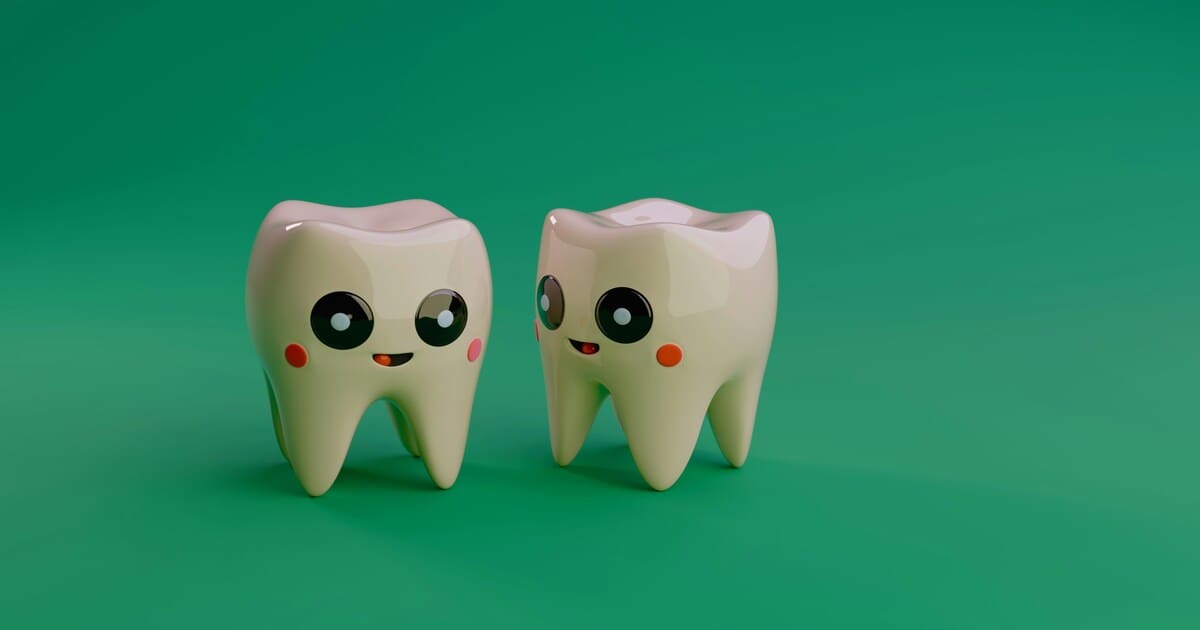Gum recession is a common dental problem affecting millions of adults worldwide. It occurs when the gum tissue surrounding your teeth begins to pull back, exposing more of the tooth or its root. If left untreated, it can lead to sensitivity, tooth decay, and even tooth loss. Traditional gum grafting has been the go-to solution for decades, but it often involves invasive surgery, longer recovery, and more discomfort. Enter pinhole gum surgery, a revolutionary, minimally invasive procedure designed to treat gum recession effectively and with minimal downtime.
In this article, we’ll explore everything you need to know about pinhole gum surgery, from how it works and who it’s suitable for to the benefits, recovery, and cost considerations. By the end, you’ll have a comprehensive understanding of this modern dental procedure and whether it could be the right solution for you.
What is Pinhole Gum Surgery?
Pinhole gum surgery, also known as the pinhole surgical technique (PST), is an advanced method for treating gum recession. Unlike traditional gum grafting, which requires taking tissue from the roof of the mouth and suturing it onto the affected area, pinhole surgery is minimally invasive and does not involve cutting or stitching.
Developed by Dr. John Chao, this procedure allows dentists or periodontists to gently reposition the existing gum tissue over exposed tooth roots through tiny, strategically placed pinholes. It is designed to deliver natural-looking results without the discomfort and recovery time associated with traditional grafting methods.
Key differences from traditional gum grafting:
- No cutting or sutures required
- Minimally invasive with less discomfort
- Faster recovery and reduced post-operative pain
- Can treat multiple teeth in a single session
By preserving your natural gum tissue, pinhole gum surgery provides both functional and aesthetic improvements.
How Pinhole Gum Surgery Works
The procedure itself is precise yet simple. Here’s a step-by-step overview of how pinhole gum surgery is performed:
- Assessment and Preparation: Your periodontist evaluates the extent of gum recession, takes dental impressions, and determines the best approach. Local anesthesia is applied to ensure comfort.
- Creating the Pinhole: Using a fine needle, the surgeon makes a small pinhole above the area of gum recession. This tiny opening allows access to the underlying tissue without extensive incisions.
- Repositioning the Gum Tissue: Special dental instruments gently loosen the gum tissue and slide it over the exposed roots. This repositioning protects the tooth and restores gum coverage.
- Collagen Strips: To support the tissue and enhance healing, thin strips of collagen may be inserted into the pinhole. These help stabilize the gum tissue and encourage regeneration.
- Healing: Because there are no stitches or large incisions, healing is quick, and the gum tissue naturally reattaches. The small pinholes typically close within a few hours, leaving no visible scars.
The entire process usually takes one to two hours, depending on the number of teeth treated.
Benefits of Pinhole Gum Surgery
The rise in popularity of pinhole gum surgery is largely due to its numerous benefits:
- Minimally Invasive: No cutting, sutures, or tissue harvesting makes it a gentle alternative to traditional surgery.
- Faster Recovery: Most patients experience minimal swelling and discomfort and can return to normal activities within a day or two.
- Treats Multiple Teeth: Unlike traditional grafting, which often addresses one tooth at a time, pinhole surgery can treat multiple teeth in a single session.
- Natural, Seamless Results: Since your existing gum tissue is repositioned, the outcome looks natural and blends perfectly with surrounding gums.
- Reduced Risk of Complications: With no donor sites, there is a lower chance of infection, bleeding, or graft failure.
- Long-Lasting Protection: By covering exposed roots, it reduces sensitivity, prevents further recession, and supports long-term oral health.
Who is a Good Candidate?
Pinhole gum surgery is suitable for patients experiencing mild to moderate gum recession. Ideal candidates typically:
- Have receding gums exposing one or more tooth roots
- Are in good overall oral and general health
- Practice proper oral hygiene
Patients with severe gum disease, bone loss, or other complex dental issues may require alternative treatments. A professional consultation with a periodontist is essential to determine suitability.
Comparing Pinhole Surgery to Traditional Gum Grafting
Understanding the differences between pinhole gum surgery and traditional gum grafting helps patients make informed decisions:
| Feature | Pinhole Gum Surgery | Traditional Gum Grafting |
|---|---|---|
| Invasiveness | Minimal, no cutting or stitches | Invasive, requires donor tissue and sutures |
| Recovery Time | 1–2 days | 1–2 weeks |
| Pain/Discomfort | Minimal | Moderate to significant |
| Number of Teeth Treated | Multiple teeth at once | Often one tooth per session |
| Aesthetic Outcome | Natural and seamless | Good, but may require healing for full effect |
| Risk of Complications | Low | Higher, due to donor site and sutures |
Overall, pinhole surgery is faster, less painful, and offers similar or superior cosmetic results compared to traditional methods.
Cost and Insurance Considerations
The cost of pinhole gum surgery varies depending on the number of teeth treated, the complexity of gum recession, and geographic location. On average, prices range from $3,000 to $8,000 for multiple teeth.
Insurance coverage depends on the policy. Some dental plans may cover the procedure partially if it is deemed medically necessary, while others may classify it as cosmetic. It’s advisable to consult both your dentist and insurance provider before scheduling surgery.
Aftercare and Recovery
Recovery from pinhole gum surgery is generally fast and straightforward. Here’s what to expect:
- Immediately After Surgery: Minor swelling or bruising may occur, but discomfort is minimal. Over-the-counter pain relievers are usually sufficient.
- Oral Hygiene: Gentle brushing and rinsing with an antibacterial mouthwash help prevent infection. Avoid brushing directly over the treated area for a few days.
- Diet: Stick to soft foods and avoid hot or spicy meals for a week.
- Follow-Up Visits: Your periodontist may schedule follow-ups to ensure proper healing.
Most patients can resume normal daily activities the same day or within 24 hours.
Success Rates and Patient Testimonials
Clinical studies and patient feedback suggest that pinhole gum surgery is highly effective:
- High Success Rate: Over 90% of treated cases report significant improvement in gum coverage and aesthetics.
- Patient Satisfaction: Many patients praise the minimal discomfort, quick recovery, and natural results.
Real-life testimonials often highlight the emotional boost patients feel when their smile is restored without undergoing invasive surgery.
Potential Risks and Complications
While pinhole gum surgery is generally safe, as with any procedure, some risks exist:
- Temporary swelling or mild discomfort
- Minor gum irritation at the pinhole site
- Rare infection or delayed healing
Choosing an experienced periodontist and following aftercare instructions significantly reduces these risks.
Conclusion
Pinhole gum surgery is a game-changer for anyone dealing with gum recession. Its minimally invasive approach, fast recovery, and natural-looking results make it an attractive alternative to traditional gum grafting. If you’re struggling with receding gums and want a solution that protects your oral health while enhancing your smile, consulting a qualified periodontist about pinhole gum surgery is the best first step.
FAQs About Pinhole Gum Surgery
1. Is pinhole gum surgery painful?
Most patients experience minimal discomfort due to the minimally invasive nature and use of local anesthesia.
2. How long does recovery take?
Most people return to normal activities within 24–48 hours, though complete healing may take a few weeks.
3. Can it prevent future gum recession?
While it covers exposed roots and protects them, maintaining oral hygiene and regular check-ups are essential to prevent recurrence.
4. How long do results last?
With proper care, results can last many years. Healthy gums and lifestyle habits are crucial for longevity.
5. Is the procedure covered by insurance?
Coverage depends on your plan. Some insurance may partially cover it if deemed medically necessary.
6. Can multiple teeth be treated at once?
Yes, one of the advantages of pinhole surgery is the ability to treat several teeth in a single session.
7. Who should not undergo pinhole gum surgery?
Patients with severe gum disease, insufficient gum tissue, or certain systemic conditions may require alternative treatments.




